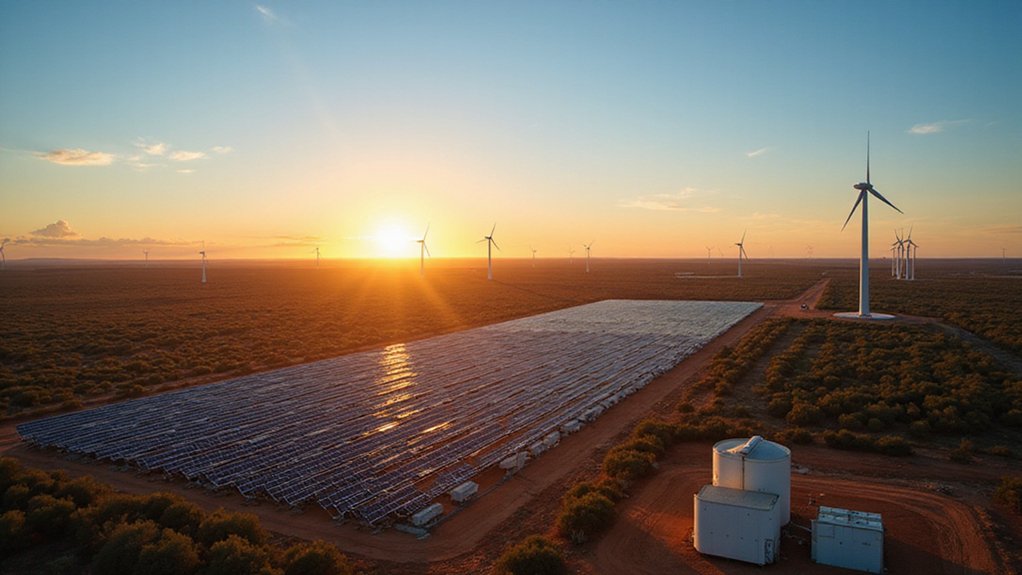The world of energy investment hides a secret weapon most investors never see coming. It’s called Effective Load Carrying Capability, or ELCC, and it’s revolutionizing how the smart money evaluates power projects. This isn’t your grandfather’s capacity metric. ELCC measures what actually matters: how much a power resource contributes to keeping the lights on when demand peaks.
While investors chase yesterday’s metrics, ELCC silently separates the winners from the losers in tomorrow’s energy landscape.
Traditional metrics are dinosaurs. Installed capacity? Please. That nameplate rating means nothing when your solar farm sits under clouds during a heat wave. ELCC cuts through the nonsense by calculating the probabilistic value of variable resources like wind, solar, and batteries. It answers the million-dollar question: how much load can this thing reliably support?
The financial implications? Massive. Projects with higher ELCC values command better returns. Period. They reduce the need for backup generation and avoid costly penalties when the grid gets tight. Investors who ignore this metric are fundamentally flying blind, making decisions based on fantasy rather than reality. Their financial models? Laughably incomplete.
ELCC is changing how renewable projects get designed too. Smart developers don’t just maximize raw power anymore. They optimize generation profiles, combine complementary resources, and think strategically about when their assets produce. Much like how countries with high EROI ratios have demonstrated remarkable energy sustainability, sophisticated developers analyze project economics using comprehensive LCOE calculations that account for all system costs and performance over time. Solar-plus-storage isn’t just a buzzword—it’s an ELCC booster that translates directly to dollars.
Battery storage becomes particularly valuable through this lens. A standalone battery might seem expensive until you calculate its ELCC contribution. Suddenly, that price tag makes sense when you realize it’s displacing gas peakers that sit idle 90% of the year. With battery storage costs dropping 33% to $104/MWh in 2024, the economics for grid reliability are more compelling than ever.
The bottom line? Energy markets are evolving. Yesterday’s metrics don’t cut it anymore. Investors clinging to simplified capacity values are making tomorrow’s stranded assets. Meanwhile, those who understand ELCC are positioning themselves for success in a grid increasingly dominated by variable resources. In the energy evolution, this hidden metric isn’t just important—it’s everything.
References
- https://eco-greenenergy.com/solar-roi-hidden-metrics/
- https://kurums.com/hidden-eroi-energy-decisions-sustainable-business/
- https://vasro.de/en/market-intelligence-5-metrics-energy-equities-investors/
- https://clearsourcebpo.com/effective-performance-metrics-and-reporting-practices-in-renewable-energy-bpos/
- https://msites.epri.com/resource-adequacy/metrics/metrics-explainers
- https://thetradinganalyst.com/hidden-value/
- https://www.lewisoftware.com/blog/metrics-for-climate-startups
- https://blog.mipimworld.com/guide-green-real-estate/green-real-estate-sustainable-investment-metrics-dual-bottom-line/
- https://www.utilitydive.com/news/elcc-battery-thermal-storage-renewables/804712/








